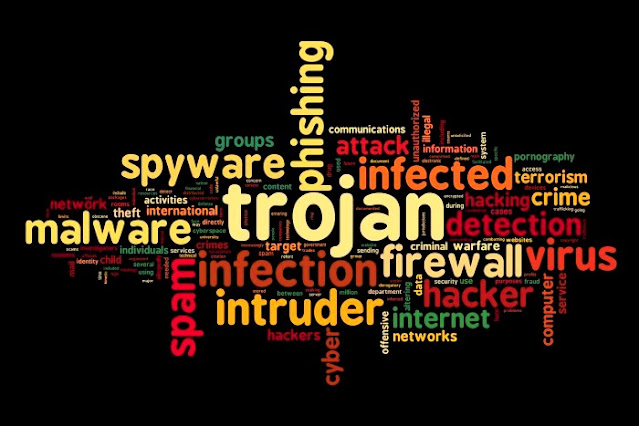What Are the Different Types of Malware?
Here is a phenomenal amount of unwanted or malicious software. This is what we more commonly call malware.
There are different types, here is a small selection:
1- Ransomware
Appearing for the first time in 2012, these Trojans are formidable. They infect your computer and encrypt your files. Without the decryption key, your files are held, hostage.
You then receive a ransom note to be paid against obtaining the decryption key that will return your data to you. It goes without saying that, although it is tempting, you don't have to pay! On the one hand, there is nothing to certify that you will get your files back if you pay, and on the other hand, if no one pays anymore, it will discourage the cybercriminal from doing the same with other victims.
2- Fileless Malware
What we call fileless malware does not install anything initially: no viruses, but it modifies the native operating system files.
And since operating systems recognize modified files and consider them legitimate, this attack is not detected by antivirus software.
3- Spiwares or spyware
Spyware or "spyware" makes it possible to know and collect all the user's activity on his computer, information without his knowledge or without his consent.
Passwords, pins, payment information or messages, it's all gone through.
Spyware is grouped into 2 main families: Keyloggers and Adware.
Keyloggers or Keyloggers
A keylogger monitors user activity. It is often used by a boss wishing to monitor the online activity of his employees or by parents to monitor their children. But when used for malicious purposes, it can steal your passwords or credit card codes.
Adware
The adware is not a very aggressive virus. It simply tracks a user's browsing activity to determine which ads to show and changes your internet browser's start page or installs an internet search plug-in. Its purpose is to get you to come to a website to show you advertising and steal personal information from you in order to sell it to advertisers.
4- The Trojan horse
A Trojan horse is malicious software, often downloaded inadvertently by a user who clicks on the attachment of a trapped email, intended to benefit the third party from your computer's resources.
5- worms
Worms target vulnerabilities in operating systems to take root in networks. Easier to program than a virus, they use the Internet in all its forms to spread via emails, websites or FTP servers.
Once in place, the worms can be used by cybercriminals to launch DDoS attacks, steal sensitive data, or carry out ransomware attacks.
6- Viruses
A virus is a piece of code, a program that fits into an application and runs when it is open. It has the particularity of self-reproducing by infecting other programs. Once inside a network, it can be used to steal sensitive data, launch DDoS attacks, or carry out ransomware attacks.
7- Rootkits
Rootkits are software that allows the cybercriminal to remotely control a victim's computer with full administrative privileges.
8- Botnets or Bot
A bot is a software that performs automated tasks on command. Used for malicious purposes, they spread automatically and can reconnect to a central server.
Bots are used in large numbers to create a botnet (a network of bots) to launch large-scale remote attacks such as DDoS attacks.
9- Malware on mobiles
Mobile device attacks have increased by 50% in one year! They include as many threats as on desktop computers: ransomware, ad click fraud, worms, etc.
virus attack your pc and window and harm your data and pc it will be protected from antivirus & complete security Software install your pc and safe your all data.




Thank you very much for sharing your thoughts with us.
ReplyDeleteLogiciel de sauvegarde pas cher
Carbonite Endpoint